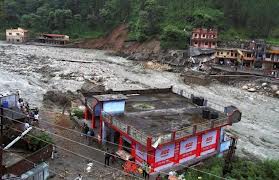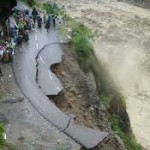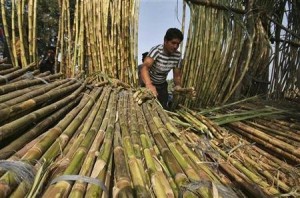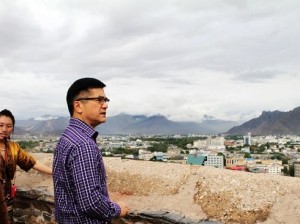India’s monsoon is a complex weather phenomenon which is not yet completely understood, making it difficult to accurately predict its behavior, and the amount and distribution of its precipitation.
Usually, the monsoon in India is expected by mid-July, but this year monsoon rains have lashed India one month ahead of schedule bringing an economy boost to some, and destruction to many.
The whole of northern India has been affected: worst hit were the states of Himachal Pradesh and Uttarakhand where flashflooding hit the Ganga and its tributaries. The death toll from flooding and landslides is over 600 and expected to rise to thousands. Hundreds of buildings in Uttarakhand have been damaged and around 75,000 pilgrims in the region were stranded. The army and paramilitary troops are leading efforts to rescue scores of people from the rooftops of their flooded homes, and the state government is preparing food and drinking water supplies to be air dropped to villages which were cut off when roads were washed away.
In other areas of India, this early monsoon has brought very real benefits. Indian agriculture contributes about 15% of the gross domestic product, but its economy is slowing. The early onset of the annual monsoon has boosted hopes for the country’s farming sector, and the livelihood of hundreds of millions of Indians living in rural areas who depend on it.
In Kerala, the monsoon set on schedule on June 1, and advanced fast, covering the southern, eastern and central states within two weeks. Analysts said the early rains should help boost the output of summer crops by giving them more time to mature, leading to higher yields. Heavy showers will also help soften soils in drought-hit areas, including the major cane-growing state of western Maharashtra. According to Sudhir Panwar, president of farmers’ group Kishan Jagriti Manch, farmers expect to see power costs fall as the early monsoons reduce the need for irrigation.







 Print
Print Email
Email